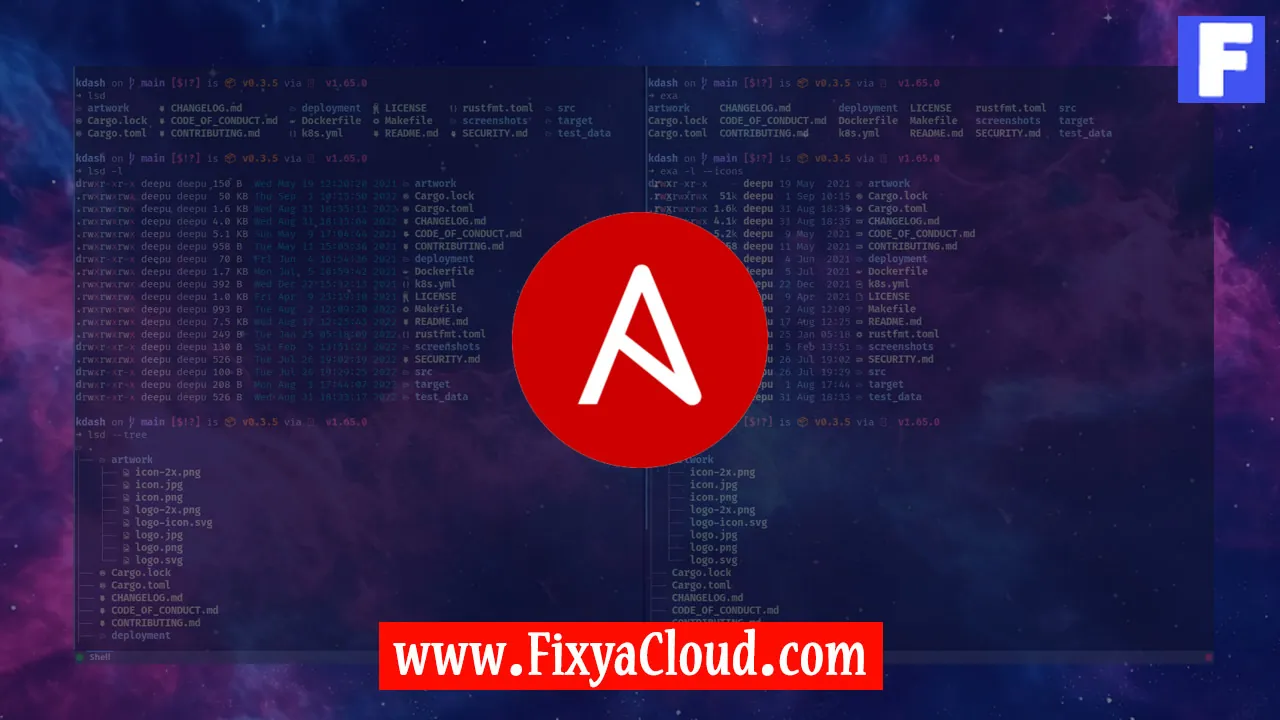7 Tips to Optimize Ansible and Jenkins Integration

In today's dynamic IT landscape, the seamless integration of automation tools like Ansible and Jenkins has become essential for efficient and streamlined DevOps processes. Ansible, with its powerful configuration management capabilities, when combined with Jenkins, a popular automation server, can significantly enhance the overall development and deployment workflow. In this article, we'll explore seven valuable tips to optimize the integration between Ansible and Jenkins, ensuring a smooth and productive DevOps pipeline.
1. Version Compatibility:
Before diving into the integration process, it's crucial to ensure that you're using compatible versions of Ansible and Jenkins. Check the official documentation for both tools to find the recommended versions that work seamlessly together. This simple step can save you from potential compatibility issues down the line.
2. Use Jenkins Pipeline:
Take advantage of Jenkins Pipeline to define and automate your build, test, and deployment pipelines as code. This allows you to version control your pipeline configurations, making it easier to manage changes and track modifications over time. Incorporate Ansible playbooks directly into your Jenkins Pipeline to orchestrate complex tasks efficiently.
Example Jenkins Pipeline script:
pipeline {
agent any
stages {
stage('Ansible Deployment') {
steps {
script {
ansiblePlaybook(
playbook: 'path/to/your/playbook.yml',
inventory: 'path/to/your/inventory.ini'
)
}
}
}
// Add more stages as needed
}
}
3. Parameterize Your Playbooks:
Make your Ansible playbooks more flexible by parameterizing them. Jenkins allows you to define parameters that users can input when triggering a build. Use these parameters as variables in your Ansible playbooks to customize deployments based on specific requirements.
Example Jenkins parameterized build:
pipeline {
agent any
parameters {
string(name: 'ENVIRONMENT', defaultValue: 'production', description: 'Specify the environment')
}
stages {
stage('Ansible Deployment') {
steps {
script {
ansiblePlaybook(
playbook: 'path/to/your/playbook.yml',
inventory: 'path/to/your/inventory.ini',
extraVars: "environment=${ENVIRONMENT}"
)
}
}
}
// Add more stages as needed
}
}
4. Secure Credentials:
Handle sensitive information such as SSH keys and API tokens securely. Jenkins provides a built-in credential manager where you can store and retrieve sensitive data. Utilize this feature to protect your Ansible integration from potential security threats.
5. Leverage Ansible Vault:
For additional security, consider using Ansible Vault to encrypt sensitive data within your playbooks. Jenkins can then handle the decryption process during execution. This adds an extra layer of protection to your automation processes.
6. Monitor and Log:
Implement effective monitoring and logging mechanisms to track the performance of your Ansible and Jenkins integration. This includes monitoring build times, playbook execution, and overall pipeline health. Utilize tools like ELK (Elasticsearch, Logstash, Kibana) for centralized log management.
7. Regularly Update Plugins:
Both Ansible and Jenkins regularly release updates and improvements. Stay current by regularly updating the plugins associated with Ansible and Jenkins integration. This ensures that you benefit from the latest features, bug fixes, and security patches.
Related Searches and Questions asked:
That's it for this topic, Hope this article is useful. Thanks for Visiting us.
